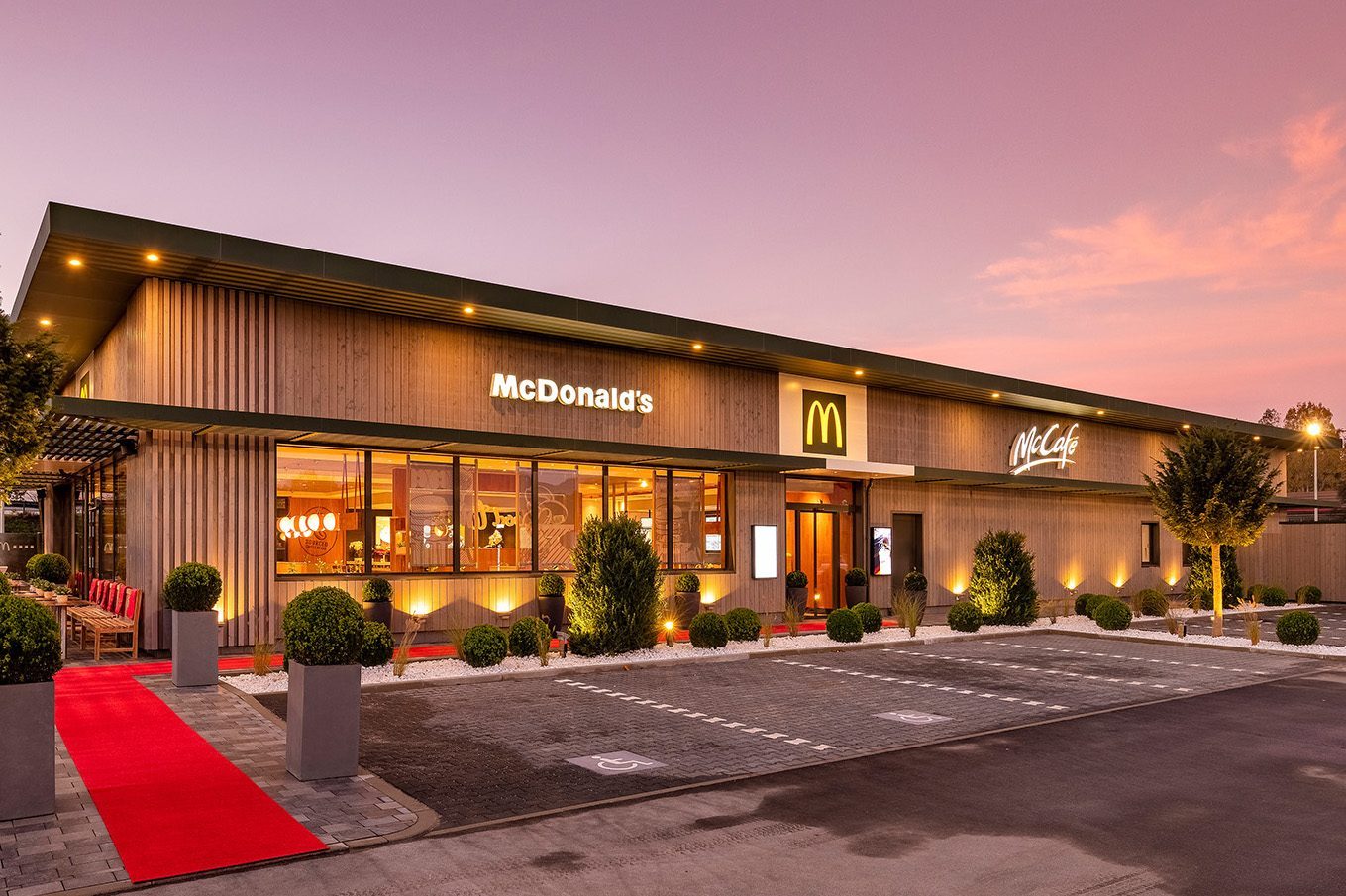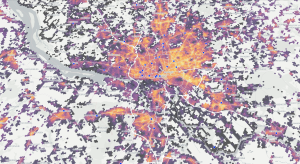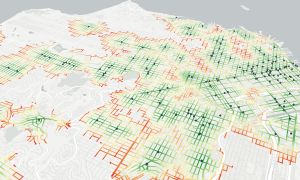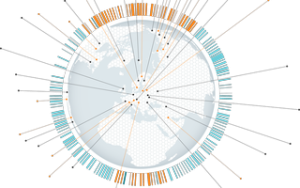
About McDonald’s
McDonald’s Germany op is one of the country’s largest quick-service restaurant chains. With a strong franchise network of over 1400 sites and a commitment to continuous growth, the company constantly seeks new locations that meet high standards for accessibility, visibility, and guest potential.
Main Challenge
McDonald’s Germany is constantly looking for locations with outstanding guest and turnover potential for the development of its business and that of its franchisees. However, finding the best locations for new restaurants of the burger chain from a plethora of offers is not easy. Since branch network expansion is associated with high costs, location decisions have to be spot on; otherwise, mistakes quickly become very expensive.
How GeoAI Helps McDonald’s Select Next Locations
Since the beginning of 2021, McDonald’s has been working with the TargomoLOOP platform, specifically the GeoAI prediction model. This calculates the guest potential for locations based on demographic data and the frequency at typical mealtimes, as well as the analysis of the travel times that people take to get to a McDonald’s restaurant.
“Today, we can say quite precisely on the basis of data how much turnover and how many guests we expect to have at a location,” explains Andreas Weber, Head of Real Estate at McDonald’s Germany.
In the forecast for each new location, parallels are also drawn with the corresponding values of the existing restaurants in order to achieve excellent forecast quality. For this purpose, the self-learning analysis tool of the Berlin start-up was trained with the data of the approximately 1,400 existing German restaurants of the quick-service franchiser. McDonald’s can thus forecast at the push of a button how successful the business will be at potential new locations.
For McDonald’s expansion team, it is of vital importance to move forward quickly with the evaluation of the guest and turnover potential of a multitude of location offers. Preliminary checks should not cost a lot of time and money, especially as the real estate managers of the burger brand have to continually evaluate numerous real estate and property offers. A large number of offers that are made to McDonald’s are disregarded because neither the available space nor the surrounding buildings are suitable. Preference is given to offers at high-frequency locations for automobile traffic, which are suitable for drive-in restaurants. However, outstanding city centre locations are also interesting for the burger specialist.
“Targomo generates for us meaningful forecasts for potential restaurants immediately. Based on the results, we filter out the locations that we pursue. This is a very comfortable situation for us. We are pleased to say: Only when the achievable turnover potential has been clarified do we take care of questions such as buildability, soil conditions or traffic access.”
McDonald’s regularly checks on-site whether the micro factors at promising locations are suitable. Each restaurant should be excellently connected and easily accessible by car, on foot or by bicycle. He adds: “There should also be space for sufficient parking on the property. For the quick-service restaurant operator, visibility from the main road is very important. If this is given, the restaurant may also be approachable from a side street. Impulse customers are very important for our business. They definitely have to see us in time before they drive past the restaurant. This is especially true for our motorway locations,” explains the expansion leader.
As a result of intense competition for scarcely available space at attractive locations, it is vital for McDonald’s to rapidly obtain meaningful, data-based forecasts. This not only influences prices but also requires quick action. McDonald’s can convince landlords through continuity and reliability as a secure, long-term business partner. “But we are also competing for suitable locations with new providers such as electric charging parks for electromobility. If you want to get the contract, you should quickly come up with an offer that is in line with the market,” explains Andreas Weber.
Results & Future Plans
The question of how well Targomo’s forecasting tool works for McDonald’s could be shown in the reality check: The first burger restaurant planned on the basis of the Berlin specialist’s forecasts opened a few weeks ago. “The sales from the first weeks in live operation look very promising,” Andreas Weber reports. “However, we always look at the development of a new restaurant for a full year to get valid figures. Only then can we see how accurately a system works by comparing the actual data with the forecasts,” and adds: “From what I can already see today, I am very optimistic.”
McDonald’s also uses the white spot analysis of Targomo’s forecasting platform for its expansion planning, which highlights potential in areas that are not being reached, or are being inadequately reached, by existing locations. With this view, the restaurant chain owner identifies the gaps in its restaurant network and tries to close them.
“Targomo’s white spot analysis forms an important basis for our expansion work. We consistently look for new locations in these areas and analyse very closely whether what can be derived from the data can also be implemented in practice,” Weber explains.
100 percent of the review and decision-making processes for locations are carried out by McDonald’s as a company, right up to the contractual securing of the location. In most cases, the restaurant is then leased to franchise partners, but in individual cases, it is also operated as a company restaurant. Regardless of the operator question, sustainable forecast data form the basis of all location decisions.
“Working with Targomo pays off for us,” explains Andreas Weber and adds, “I particularly appreciate Targomo’s intuitive user interface, which makes our daily work much easier.”









